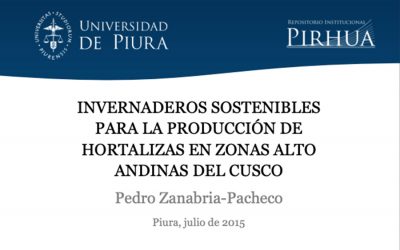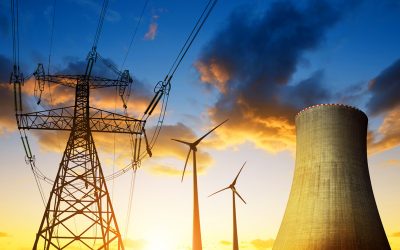Mag. Alexander Zanabria
Abstract
The great problem in the planning of transmission lines is that historically it was carried out considering the Camisea gas, ergo, since the discovery of the Camisea gas, the State planned to bring the gas to the city of Lima, as was done. Even though Peru has a great energy potential of unconventional renewable energies, in the north of the country there is a great power of solar and wind energy, in the south there is great potential of geothermal, solar and wind energy and the Amazon of the Peru has shown that there is potential for solar and biomass energy. But in Peru an energy centralism has developed allowing the 80% of the electricity generators to be located in the center, when in the rest of Peru there is great potential for the development of non-conventional renewable energies. Although the system is robust to transport energy, central planning has for years discriminated access to non-conventional renewable energies, by not considering in its planning the places or geographic locations of great energy potential of the RER. These limitations deter investors and generate energy shortages in the north of the country. The study analyzes whether there really is an energy centralism because of the planning of the transmission lines and proposes regulatory improvements.
ENERGY CENTRALISM IN PLANNING OF TRANSMISSION LINES Download
Source: Habitat Verde
https://habitatverde.pe/estandares-de-cartera-renovable-y-propuesta-de-implementacion-2/
Language: Español



